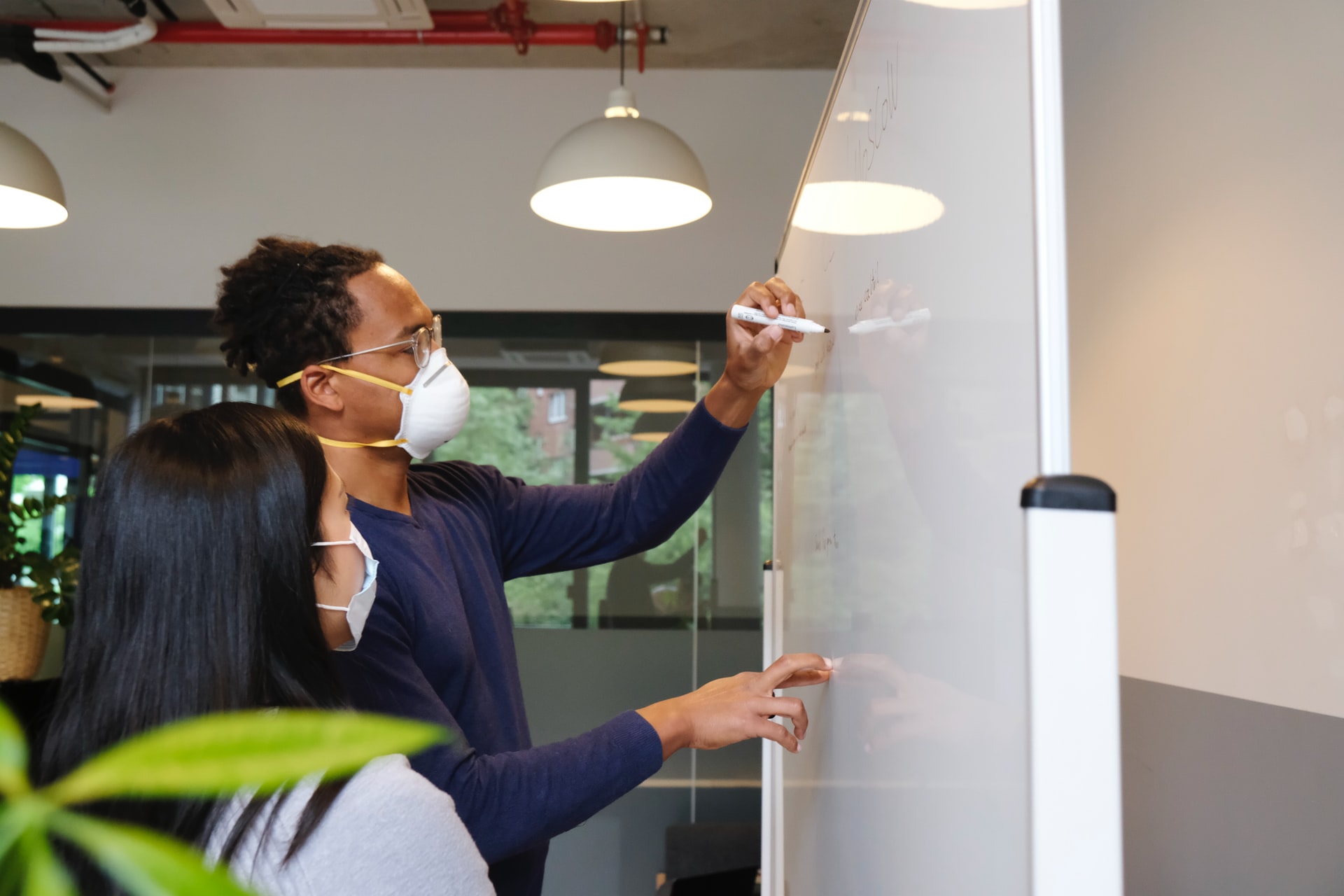As the Omicron variant throws yet another pandemic spanner in the works, the workplace is far from returning to normal. Issues ranging from anxiety about returning to the physical workplace to long covid and soaring musculoskeletal issues all require a new approach.
The pandemic has transformed the physical workplace. In the first instance, few people want to return full-time, with two-thirds of workers keen to adopt hybrid-working models. Meaning the workplace will become less of a place to work and more of a place to network, share knowledge and stay connected to colleagues.
Even so, many employees are understandably anxious about issues ranging from catching new variants and commuting again, to having to hot-desk. While some employees are not yet physically fit to return to the physical workplace, due to challenges including Long Covid and unmet musculoskeletal and other health needs, compounded by the NHS backlog.
As with any ‘return to work’ after a long absence, equipping managers to support employees, conducting risk assessments and helping to rehabilitate people where needed can all help. So here are five ways to keep employees healthy, as well as safe.
1.Identify vulnerable individuals
Generic policies set by senior leaders to ‘bring everyone back at least three days a week’ might seem ‘fair’ but fail to recognise that some individuals might be incredibly anxious about returning to work. Such as those who are still clinically vulnerable, waiting for operations, struggling with Long Covid or yet to fully adjust from being on furlough.
Think about which individuals might need assistance to return to the workplace, including those currently off sick. Consider conducting a risk assessment to see who might need a full occupational health or ergonomic (DSE) assessment, so you can build a strategy to support them. Also think about what you want to achieve by bringing them back to the physical workplace and if that’s in their best interests or the best interests of the organisation?
2.Communicate your approach
Where there are compelling reasons to bring individuals back to the workplace, such as the opportunity to increase social interaction and resume knowledge-sharing, communicate what these are to employees. Emphasise the measures you’ve put in place to not only keep them safe from the virus, but also support their physical and mental wellbeing.
Instead of just sign-posting employees towards any support services in place, such as OH or an Employee Assistance Programme (EAP), explain why you’ve invested in this support. For example, why you want them to use any free counselling services associated with the EAP to talk through concerns, before these have a chance to spiral into feeling overly anxious. Or why you want them to have a free Display Screen Equipment (DSE) Assessment, so they can hot-desk in an ergonomic way, to avoid neck, back and shoulder pain.
3.Connect people with similar challenges
Bring people with similar concerns together, be this Long Covid, a musculoskeletal issue or physical de-conditioning after becoming increasingly sedentary over the past 16 months. Do it in a way that allows them to share their experiences and concerns with one another and also gives them the confidence and skills to discuss these with their manager.
Consider offering a workshop with an occupational health expert who can not only help them better understand their condition but also prepare themselves to cope when transitioning from working from home to working in the office. This will really help them to prepare themselves for what to expect, from feeling more exhausted and anxious initially, to ways they can rebuild their resilience and continue their recovery.
4.Put new strategies in place
Look at how best to rehabilitate people affected by the increase in pandemic-related health issues, such as increased anxiety and depression and waiting lists to access treatments and operations. Also think about your health and wellbeing policies in general.
Although many employees have embraced the opportunities for working from home to exercise more and prepare healthier food, one in three have become more sedentary and put on weight. When bringing people back to the workplace, think about how you can help them to kick-start healthy habits. Make it easier for them to take short breaks and exercise during the day, or before or after work by allowing them to retain some flexibility. What barriers to health does your workplace present and how can you remove these?
5.Create a culture of health
Encourage managers to consider the health of employees, as well as their workload, by ensuring they’re working in healthy ways. This might involve taking regular movement breaks to avoid musculoskeletal issues and disconnecting from work in the evenings and at weekends. Make sure they have time to themselves to recharge and aren’t slipping back into unhelpful old habits such as always taking work home in the evenings or at weekends.
Also train managers to feel comfortable checking in with people about how they’re coping with the return to the physical workplace and new ways of hybrid working. This will allow them to identify any unforeseen issues to help create a healthy environment. One where people can enjoy the benefits of being around colleagues again, without compromising their health or productivity.









